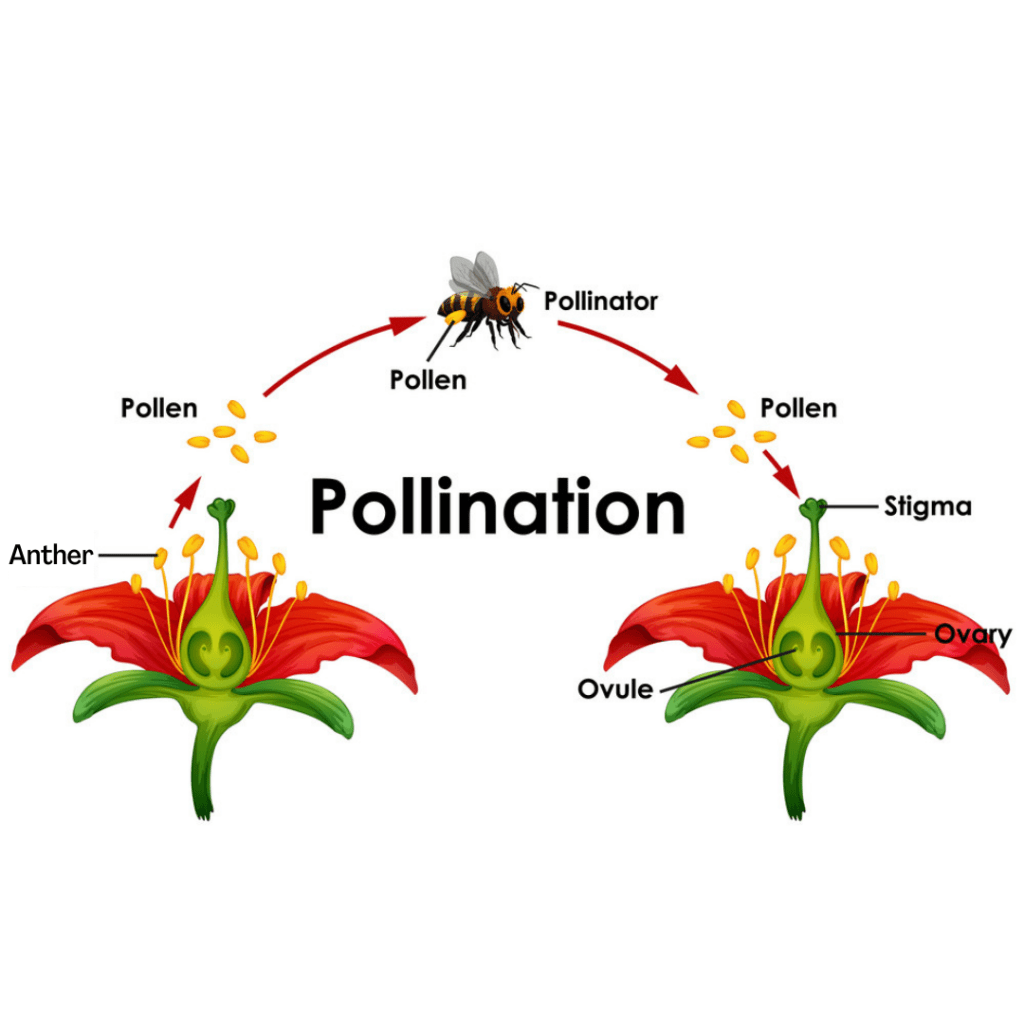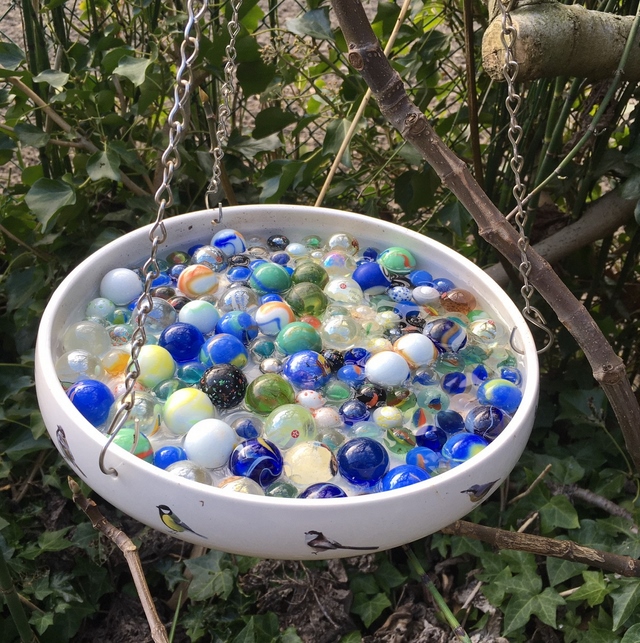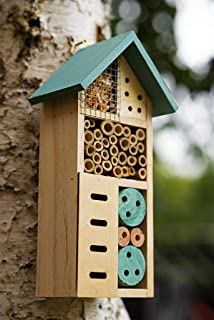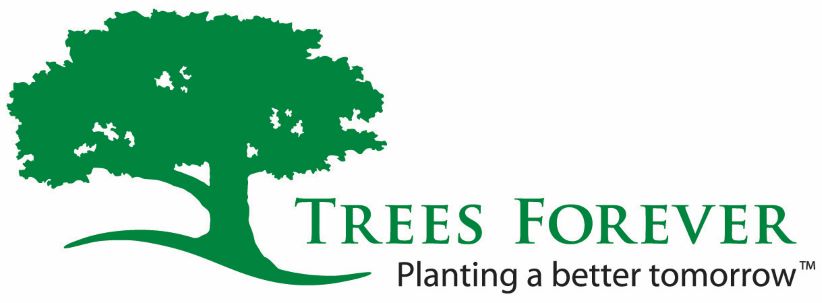By Dina Haveric, Green Iowa AmeriCorps Member
Pollination is an essential ecological service, playing a critical role in the functioning of our entire ecosystem. In the United States alone, pollination of agricultural crops is valued at 10 billion dollars annually as nearly 80% of food-producing crops depend on pollinators. In addition to agricultural and economic benefits, pollination provides many environmental benefits as well. From preserving biodiversity to improving carbon sequestration rates, pollinators keeps our environment healthy and thriving.
Unfortunately, important pollinator populations are declining due to habitat loss, misuse of pesticides, and the introduction of invasive plants. Fortunately, we have the power to help. Use this guide to learn more information about pollinators and how you can make your garden more pollinator-friendly.
What is Pollination?

Pollination occurs when a pollen grain moves from the anther (male part of the flower) to the stigma (female part of the flower). This movement of pollen must occur for a plant to become fertilized and produce fruits, seeds, and the next generation of plants. While some plants are self-pollinating or are fertilized by pollen moving through wind and water, most plants are pollinated by insects and animals.
Who Are the Pollinators?
A pollinator can be defined as anything that helps carry pollen from the anther of a flower to the stigma of the same or another flower. Some species, like bees, intentionally collect pollen. Other species, like butterflies and birds, move pollen unintentionally. As they feed on blooming flowers, pollen grains stick to their bodies. Then, as they move from flower to flower, the pollen grains are transferred, resulting in pollination. While insects are responsible for the majority of pollination services, species like birds, bats, and small mammals are also pollinators. Below is a list of the most common pollinating insects and animals.

Vital Habitats For Local Pollinators
One of the primary factors contributing to the decline of pollinator populations is habitat loss. Pollinators require natural spaces with native vegetation and flowering plants for survival. As agriculture and urban areas continue to expand, pollinator habitats only become more fragmented and less likely to provide the resources polliantors need to thrive. Fortunately, one way we can help is by creating pollinator-friendly environments in our own backyard.
Adapted to local soils and climates, native trees, wildflowers, and shrubs are most often the best source of pollen and nectar for native pollinators. Natives additionally provide pollinators with cover from the elements and predators, and a place for their young to grow. Native plants are advantageous because they require little watering, few pesticides, and are unlikely to get weedy. Here are some examples of native Iowa trees and wildflowers that you may consider adding to your garden to attract and support pollinators.


How to Create a Pollinator-Friendly Garden
Providing a variety of native trees and flowering plants isn’t the only way we can support pollinators. Listed below are a few other steps you can take to make your landscape more pollinator-friendly.

Fresh Water: Bees need water too! Consider adding a bee watering station to your garden. This can be done a variety of ways, for example, you can set out a small dish with marbles and fresh water inside. As they can’t swim, the marbles will provide a safe surface for the bees to climb around on and drink water from.

Natural Shelter: Leaving out dead wood and garden debris is a great way to provide a safe place for pollinators to nest and overwinter. You might even consider purchasing or building a bee hotel. If you’re building: Use untreated wood to build a box-like structure 8 inches deep with an overhang on top to keep rain out. Inside the shell of the structure, stack pieces of wood that you have drilled 2mm to 8mm diameter holes into. To attract different species of bees, drill holes of varying sizes. Do not drill the hole all the way through to the opposite side of your hotel, as bees prefer a closed end tunnel. Make sure that the bee hotel is a minimum of three feet off the ground.

Avoid Pesticides: Be cautious about what you spray in your yard, especially on flowering plants, as many pesticides are harmful to pollinators. Not to mention, some pesticides can remain in the environment for extended periods of time, negatively affecting multiple generation of pollinators.
Bee is for Biodiversity
Pollinators play a crucial role in the preservation of ecological balance and biodiversity in nature. By making food production possible, pollinators maintain and protect ecosystems as well as plants and animals, and contribute to biotic and genetic diversity. They are also a great indicator of the state of the environment. Their absence or presence tells us what is happening with the environment and what necessary measures may need to follow. The decline of pollinator populations carries big implications for the future of agriculture, economic stability, and the environment. Luckily, with a little work and a lot of fun, we can create an abundance of pollinator-friendly environments that support the livelihood of these important ecological players.

